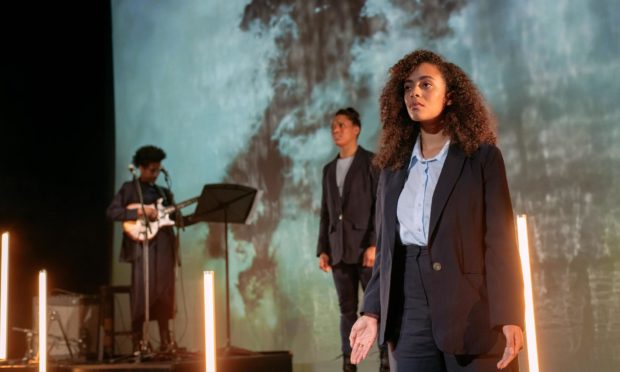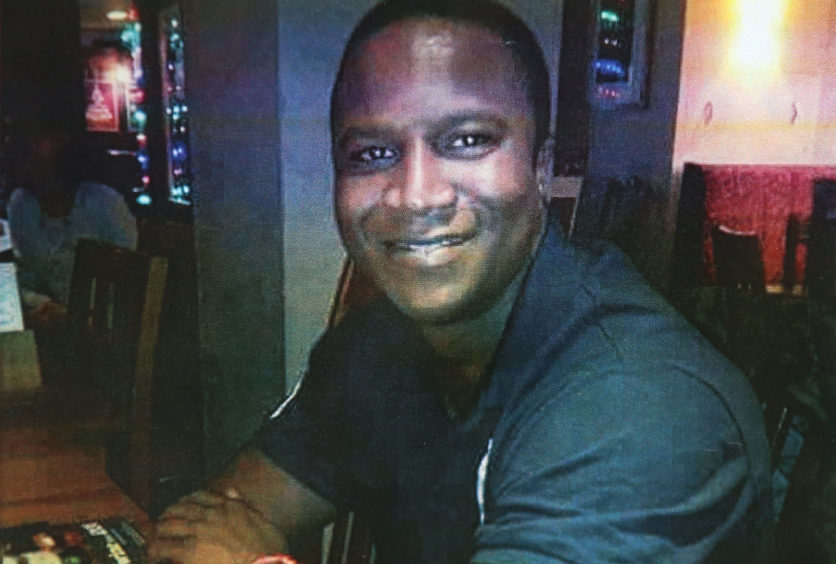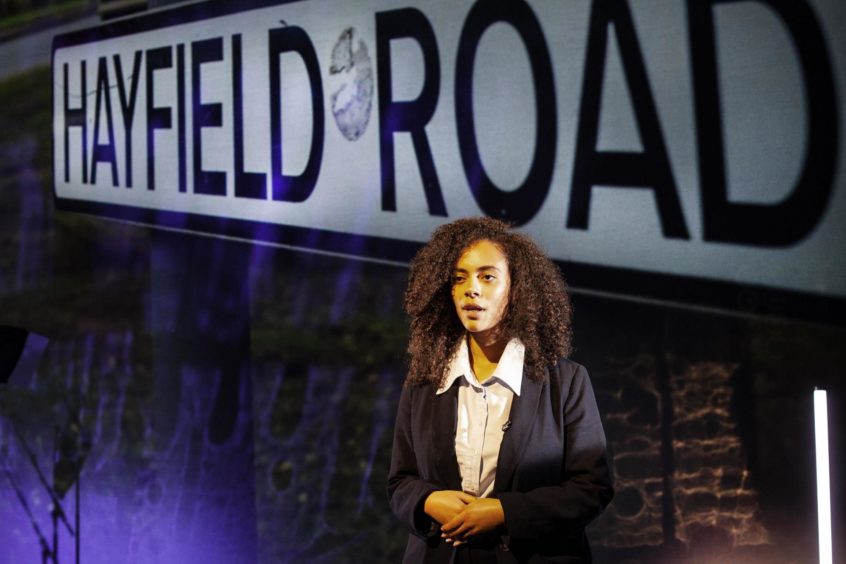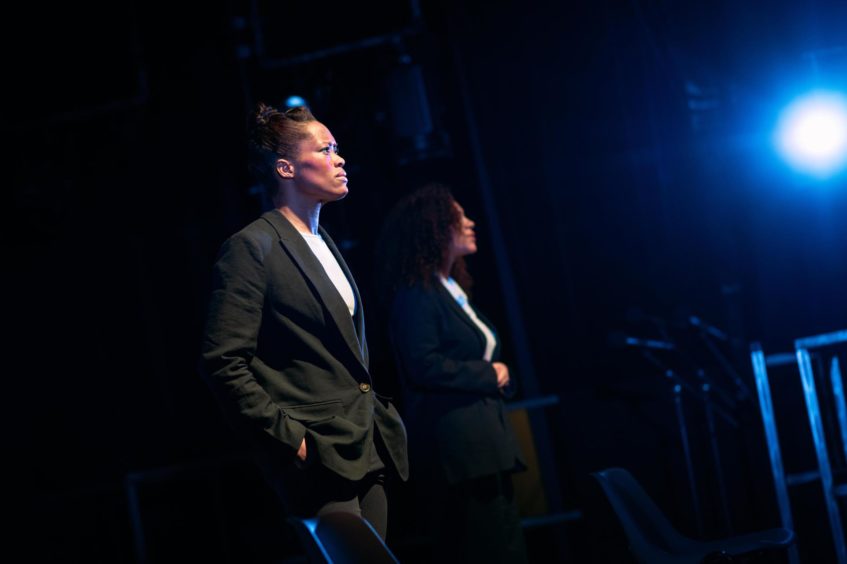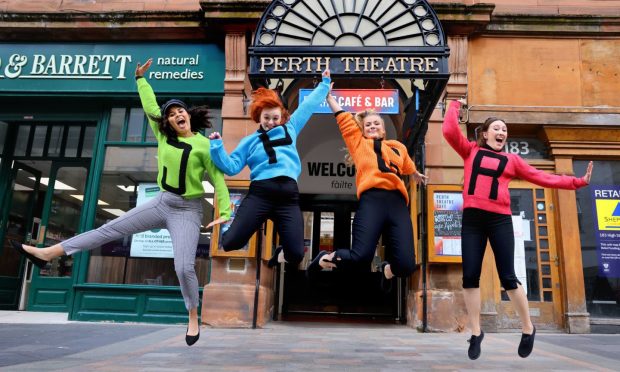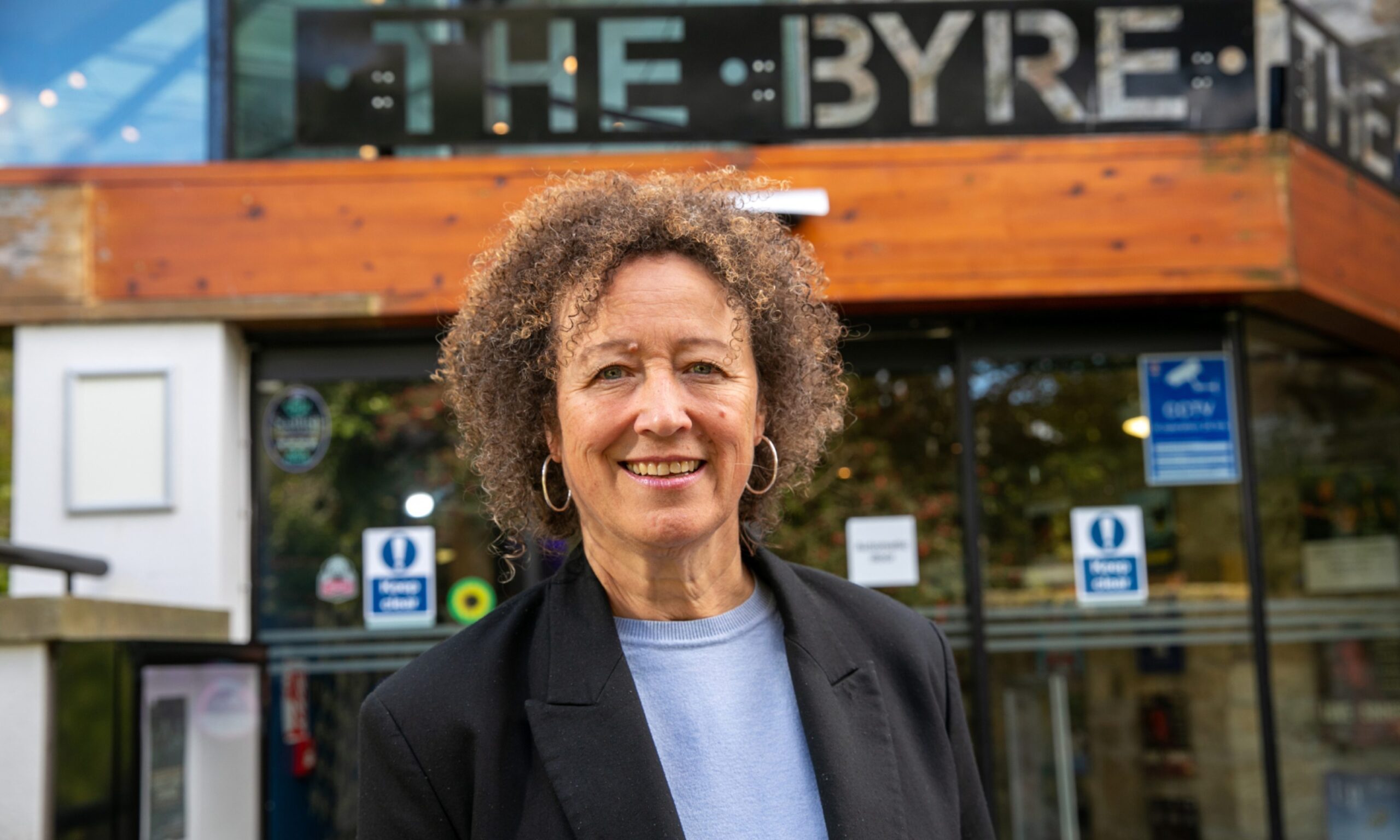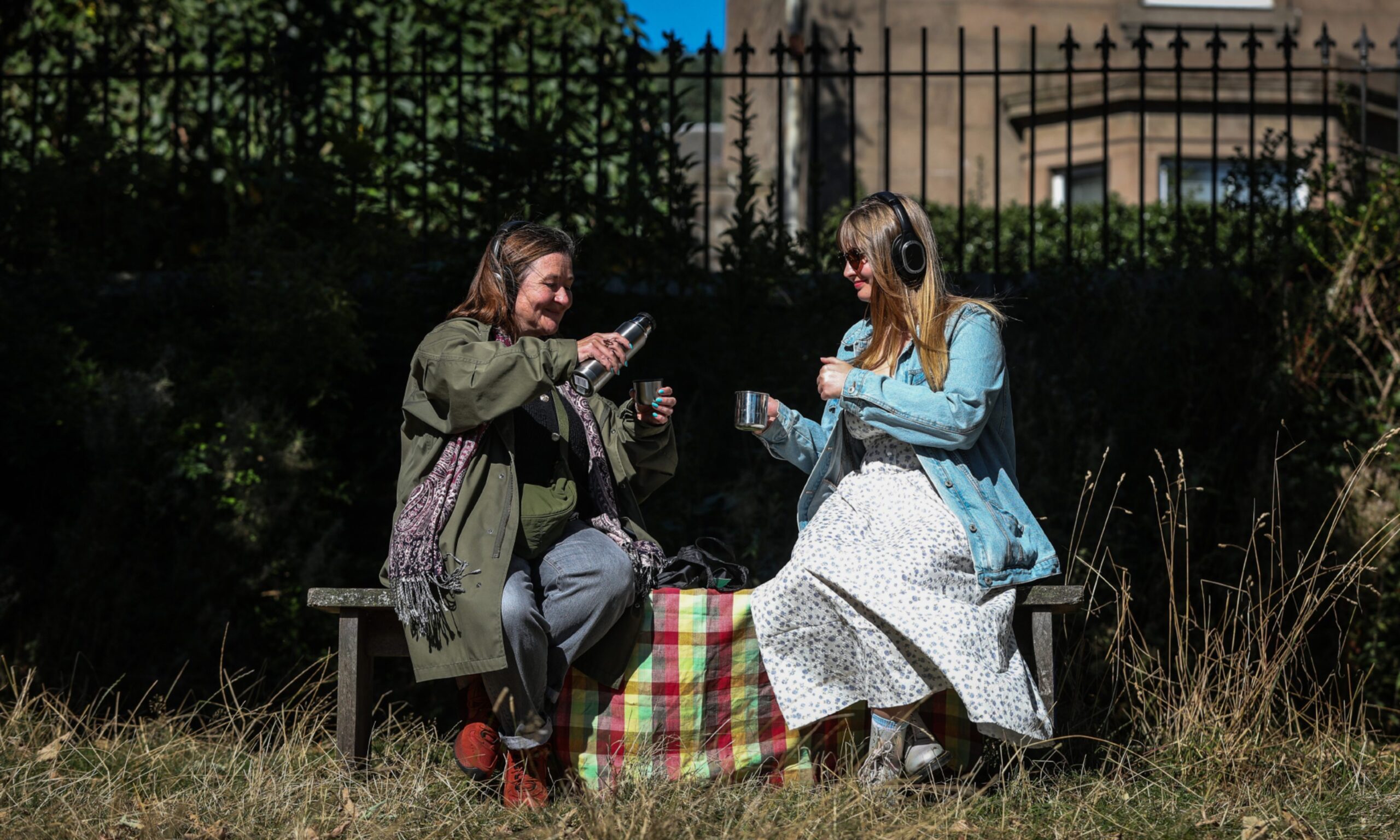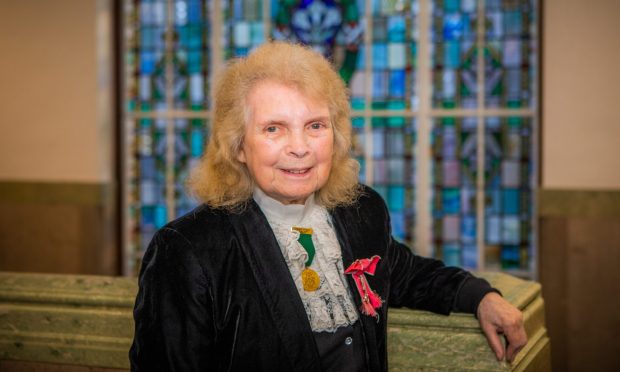The field holler was a mostly historical type of vocal music sung by field slaves in the United States – and later by African American forced labourers accused of violating vagrancy laws – to accompany their tasked work, to communicate usefully, or to vent feelings.
So when Lament for Sheku Bayoh opens with a hauntingly melancholic rendition of the Robert Burns classic A Man’s a Man for A’ That that wouldn’t have sounded out of place on a Scots-run slave plantation in 18th century Louisiana, the lyrics ‘The coward slave-we pass him by, We dare be poor for a’ that!’ take on a whole new, non-apologetic meaning about Scottish identity and our relationship with racism today.
It’s more than five years since 31-year-old Sheku Bayoh died in police custody on the streets of Kirkcaldy.
As his family launched an ongoing campaign seeking justice and answers about the manner of his death, police statements painted a picture of a “supersized”, “intimidating”, “zombie” with “bulging muscles” who officers thought might have been a “terrorist” and who required CS Sprays and police batons to disarm him.
What Hannah Lavery’s Lament for Sheku Bayoh tries to do is offer a personal response to the human tragedy of Sheku Bayoh by grieving for the loss of the gas engineer, husband and father-of-two behind the headlines while holding up a mirror to Scotland’s relationship with racism itself.
Reflecting on Scotland’s ‘wha’s like us?’ mind-set and an obsession with “beautiful defeats”, it toys with “nooses” and “twisted truths” to unashamedly ask: “Do we have to be on the right side of every story we tell ourselves?
“Is that belonging? What would it cost us to lift him broken from a Kirkcaldy street to cradle him as our own?
“Can we still say we love this place if we don’t? Can we still sell this vision of ourselves to ourselves? Who are we if we turn towards this? Who are we if we don’t?”
Performed on the Lyceum theatre’s stage in Edinburgh and streamed to audiences at home, Lament for Sheku Bayoh is performed by Saskia Ashdown, Patricia Panther, and Courtney Stoddart, who also performed as part of the original rehearsed reading at the 2019 Edinburgh International Festival.
The production also features haunting music from Beldina Odenyo, AKA Heir of the Cursed.
These are challenging times for the arts in Scotland.
But if a positive from the Covid pandemic has been more people reflecting on life and what’s important, then a silver lining for the Lyceum, and the National Theatre for Scotland, must surely be how this intimate online show strikes at the heart of its audience, by asking some pertinent, sometimes uncomfortable questions, that reach into our collective souls.
- Lament for Sheku Bayoh is available to view on Saturday November 21 (1pm & 8pm). Tickets are available on a ‘pay what you can’ scale from £5 to £25 via nationaltheatrescotland.com/lamentforshekubayoh
- A recent Courier feature interview with writer and director Hannah Lavery can be viewed here.
